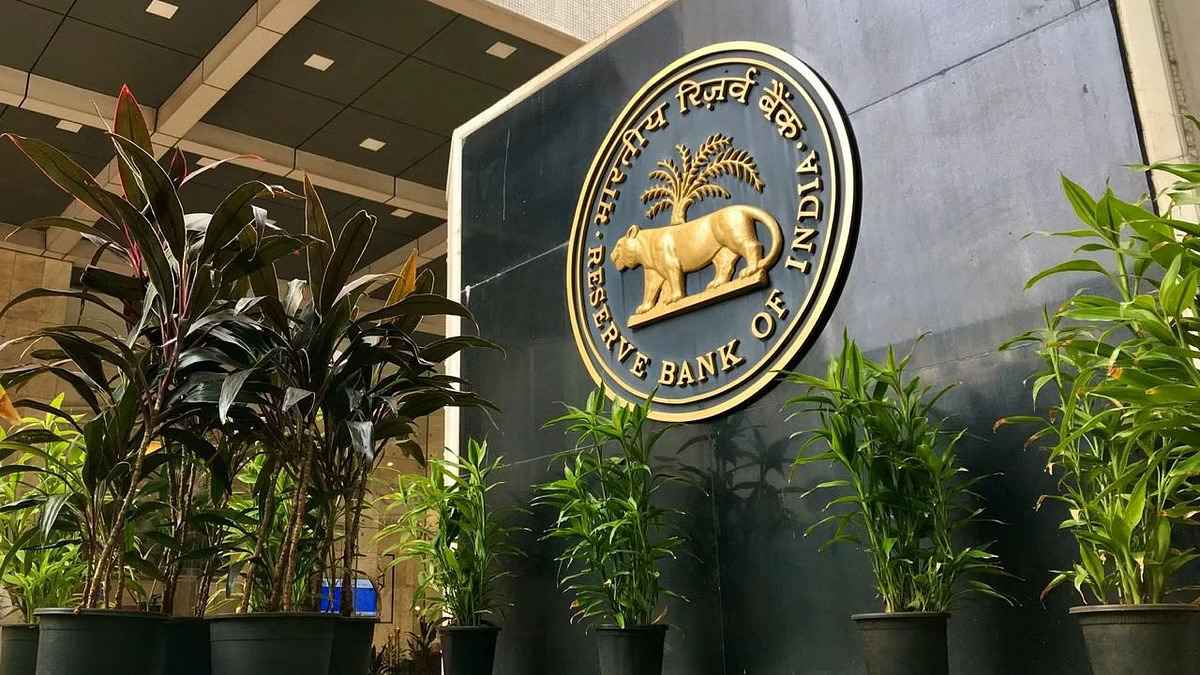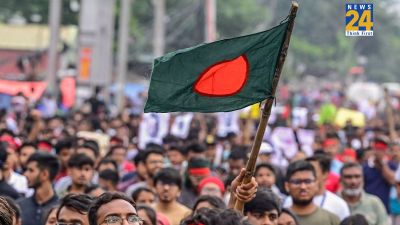At a time when all sections of the business want an additional influx of money in the banking system of the country so that more investment is made and more employment opportunities are created, the RBI has come out with the decision that can best be called the ‘band-aid’ for the wounded economy.
The Shakti Kant Das-led central bank adopted the artificial way of controlling inflation by keeping the repo rate unchanged at 6.50% for the 11th time.
No Cut In Interest Rates
The repo rate is the interest rate at which the Reserve Bank of India lends money to the commercial banks, which lend money to its borrowers in turn.
With the inflation rate targeted at 5.7% for the third quarter, the RBI decided to leave the economic activities unchanged so that it could achieve the target of 4.8% for the financial year 2024-25.
Additional Rs. 90,000 Crore!
However, it slashed the CRR, or the Cash Reserve Ratio from 4.5% to 4%. The CRR is the cash that every commercial bank has to keep with the central bank before advancing money to the borrowers.
With the decision to cut the CRR by half a percent point, an amount of Rs.90,000 crore would be released in December and Rs. 1.16 lakh crore in March 2025.
However, the banking experts believe, commercial banks may use this money for meeting non-baking needs. In other words, banks may not give out this money in advance and thus, it would not solve the problem of the fund crisis.
Band-Aid To Ease Money Markets?
Reacting to the CRR cut, Debopam Chaudhuri, Chief Economist of Piramal Enterprises told the Economic Times, “The CRR cut only serves as a band-aid to ease money markets as liquidity tightens from December’24 to March’25.”
A cut in the interest rate would have served the Indian economy as the loans and advances would have become cheaper. It could have put extra money in the coffers of the industries and other business activities and created more jobs.
Artificial Way Of Controlling Inflation?
However, the RBI chose the artificial way of controlling the inflation rate. It is interesting to note that the CPI or the Consumer Price Index is up due to the rising food inflation. It has been particularly fueled by the prices of the vegetables and other consumables.
RBI Lowers GDP Projection
After trying to manage the inflation this way, the RBI has projected an annual GDP growth rate of 6.6% for the financial year 2024-25.
Shakti Kant Das emphasised on maintaining a balance between economic growth and inflation. He said that the mandate of the central bank is to maintain price stability and focus on sustaining economic growth.
The RBI Governor said after the MPC meeting, “Our effort is to follow the flexible inflation target.”
Stock Market Reacts Cautiously
The stock market reacted cautiously to the decision announced by the RBI. The five-day run at the BSE came to an end and its index Sensex closed at 81,908 points with a drop of 0.07%.
On the other hand, the NSE too behaved the same way. It index Nifty 50 closed with a small loss of 11 points at 24,682. However, it posted a sharp weekly gain of 2.30%.
What Did US Federal Reserve Do?
The RBI’s decision has come after the US Federal Reserve slashed the interest rates much less than expected about a month ago.
It slashed the key interest rate on November 8 by a quarter-point or 25 basis points. It was followed by a cut of 50 basis points in September.
The US Fed took this decision after the US economy showed signs of distress and stared at the potential economic slowdown.
The RBI could have taken lessons from the US Federal Reserve, which lowered its benchmark rate to about 4.6%, down from a four-decade high of 5.3%.
Will Inflation Come Down?
The Fed also tried to keep inflation under check and left the interest rates for quite some time.
The most important question being asked if the inflation would come down in two months before the Monetary Policy Committee holds its next meeting. What will it do if the inflation fails to fall by that time? The RBI mandarins must be scratching their heads.













